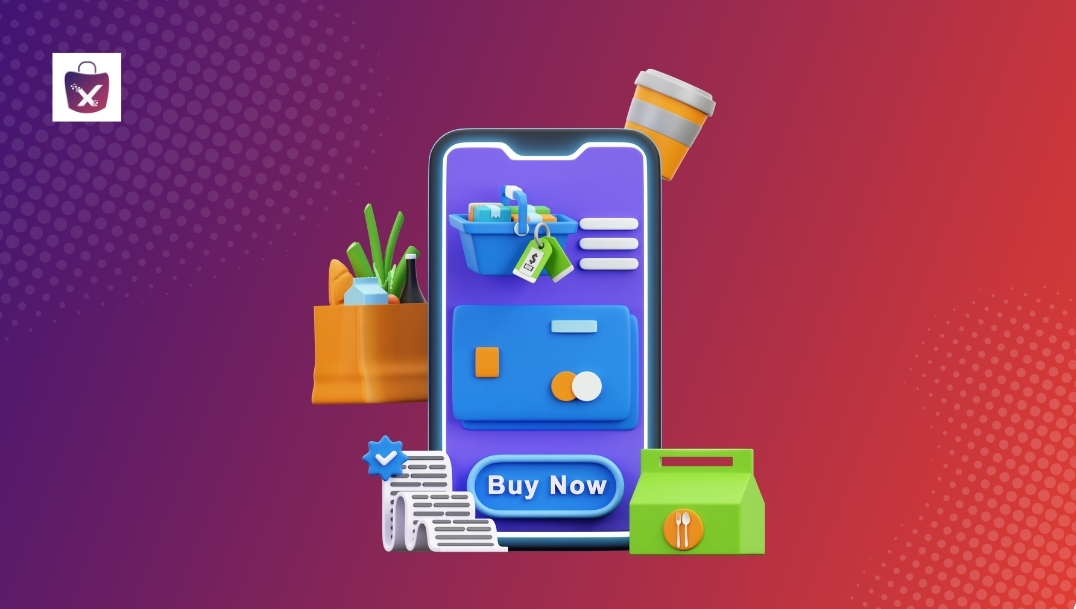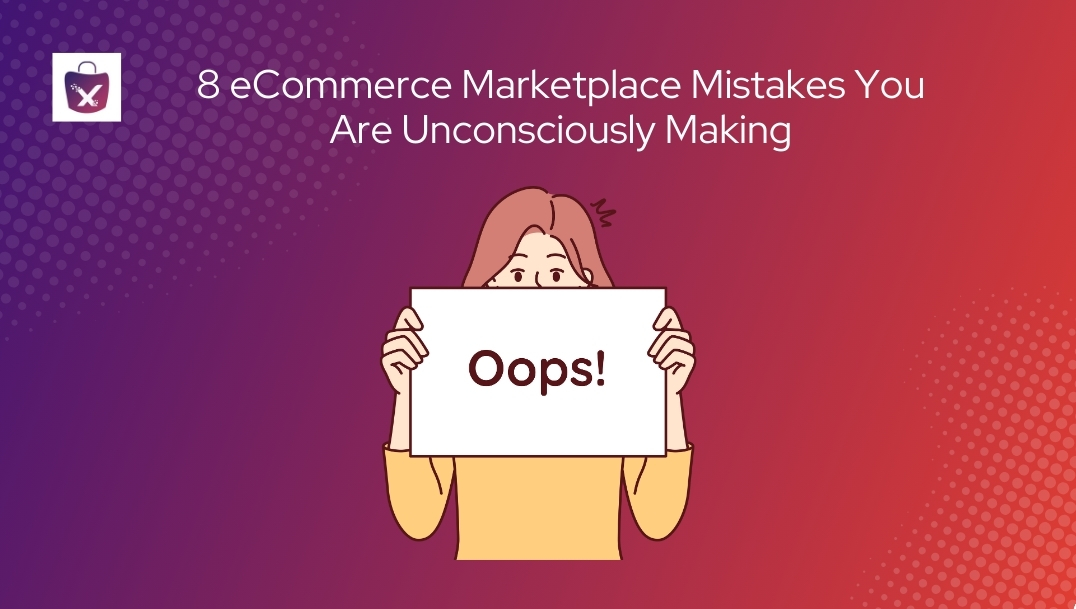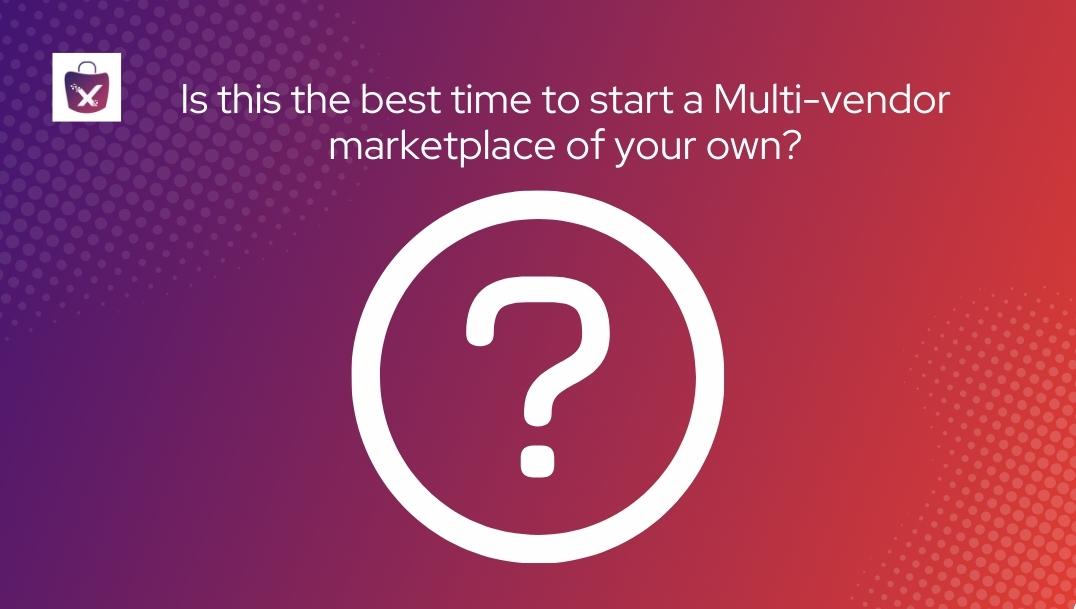
Source : linkedin.com (Jena Ehlers)
Now we have read enough trade articles, news reports and marketing blogs to know that millennials are THE market segment that any B2C venture should be targeting right now. I have to agree with each and every one of them too. The numbers say it all. They are larger than the Baby Boomer generation – one of the most economically prolific segments in history, and at least three times larger than Generation X. Add to that the fact that the average millennial purchasing power which totals to $1.3 trillion annually far exceeds that of the preceding Generation Y which capped out at a nominal $600 billion per annum.
Money is not the only thing which sets this current generation apart; rather, it’s their innate affinity for technology which makes them a force to be reckoned with. Sure, I might be writing this case study on a spanking new Dell laptop and you might be reading this on your glitzy new iPhone X, but these people we are talking about – it’s a completely different ball game for them. They read the morning news, order their coffee, pay for their gas and buy groceries – all from their mobile device.
In 2024, Millennials will continue to be a significant demographic for eCommerce. About 54% of Millennials shop online, with 47% making purchases on Amazon at least once a week. The average annual expenditure per Millennial is around $47,256 .
Additionally, Millennials contribute significantly to the online marketplace. In North America, the average revenue per user in eCommerce is anticipated to be $2,520, with user penetration reaching 80.1% in 2024.
This high level of online engagement and spending makes Millennials a crucial target for eCommerce entrepreneurs. Capturing even a small fraction of this market can lead to substantial revenue. For instance, capturing just 0.01% of the Millennial online shopping market could equate to an annual revenue of around $7.5 million.
These insights highlight the importance of understanding Millennial shopping behaviors and preferences to effectively capture this lucrative market segment.
But, let’s not get too far ahead of ourselves and focus on what that can mean for us eCommerce entrepreneurs.
First, let’s talk about what these 83 million people are busy buying and how. There is no simple answer to this one and you’ll just have to bear with me while we crunch the numbers. In 2024, 74% of millennials report making frequent or occasional impulse purchases which in turn would classically imply that they are ready to buy almost everything and anything which they feel like. However, that’s not the case either and this is exactly why I said right at the beginning that there is no easy answer for capturing the segment’s purchasing habits. Clothing, cosmetics. and electronics take the top spot but then again, I’d prefer to analyze the situation in greater detail to address some of the deeper questions.
Freedom of Choice and The Marketplace

Source: theoryofwomen.wordpress.com
The idea that the millennial demographic is easy to tap into may sound like a no-brainer but rest assured that convoluted economic forces will never make the job easy for us. Although millennials represent one of the largest combined purchasing power segments, and despite their inherent impulsiveness when it comes to shopping online, they are much more cautious about spending money. Living through one of the worst economic recessions in history can do that to people and millennials had the best seats in the house for that show.
Therefore, two things become very apparent when you think about eCommerce and millennials – freedom of choice and great bargains to boot. Now, there are probably a lot of business models out there which have taken these factors into account, but as far as online retailing is concerned, the best bet rests on marketplaces.
What else can provide the freedom to choose anything and everything while concurrently using free market forces to regulate prices and generate better bargains for the end consumer? It may not be possible for you as a single vendor to provide the best possible deal to your consumer base on each and every item in your inventory. A marketplace, on the other hand, allows you to sidestep that problem altogether. Your registered vendors could provide a better price point by which way you don’t have to compromise your bottom line, earn a commission on the sale and more importantly, retain a customer.
That last part is especially important with millennials – they are extremely loyal customers, albeit being extremely hard to satisfy. The order of the day for these guys is a non-negotiable “The first impression is the last impression” because they are also adept at hunting down alternatives to meet their end instead of waiting around for your service to improve. Baby Boomers and Generation X were a pretty patient bunch but they are to the millennials– what a walk in the park on a summer evening is before snowboarding in Montana with a GoPro strapped to your helmet – it’s a completely different ballgame.
A recent survey clearly established that as many as 60% of the surveyed millennials were extremely brand loyal – which for us is a pretty good thing. Once you have reeled them in, odds are that they are going to continue buying from your marketplace; and a marketplace it must be because how else would you respond to the 52% for whom price matters more than anything else, including quality (which ranked fourth below brand reputation and word of mouth recommendation).
Taking a Stand

Source: reputationtoday.in
So how is it that we can tap into this segment with infinite possibilities? Simple, the standard marketplace needs to evolve and adapt, as all things must, to survive and prosper. There are many ways to approach this particular evolution curve so I’m going to go for the broad strokes here.
1. Going Mobile – First thing first, these kids are pretty tech savvy with 1 in 5 accessing the internet exclusively through their mobile devices. Desktops are witnessing a decline in usage with the rise of mobile devices. In 2024, mobile devices dominate internet usage, surpassing desktops significantly. Therefore, the next logical steps involve
a) gun to your head, making sure that your website is responsive and
b) circumstances willing, develop and deploy an app because that’s another one of those things these 20 somethings are busy doing – downloading shopping apps and making their purchases through them.
85% of Millennials have shopped online in the past year, with 44% making purchases online on a daily or weekly basis. Additionally, 70% of Millennials have bought products directly through social media platforms in the second fiscal quarter of 2023
2. Advertising – With millennials, old-school advertising falls flat on its face. It just doesn’t work with only 1% saying that they were influenced by print or television advertising. The way around? Social media advertising – must all marketplace jedis master. Why? Because 61% of millennials said that social media advertising has the most influence over them in how they perceive a brand and a brand’s value .
50% of millennials regularly discover new products on social media, and 59% of them discover new products on social media more than any other channel. Additionally, 28% of millennials have purchased a product directly through a social media platform in the past three months. Again, evolution is the key word here and your outreach strategy must, therefore, branch out or die.
3. User Experience – Slick, smooth and seamless are the new mantras! And since this generation’s attention span is shorter than a hobbit, clunky interfaces and letting customers DIY their way out of returns and pickups is a surefire way of killing your business right in the crib. Your user interface needs to be enabled and that is all it will ever need to do well.
These millennials are savvy enough to figure the rest out. Marketplaces need to be well plotted so that at least 80% of your customers are no further than 18 keystrokes and 5 clicks away from what they are looking for, be it a product, a way to return their purchase or get in touch with customer service. Simply put, the user interface needs to be engaging enough to keep up with short attention spans and deliver the goods fast.
4. The Actionable Rating System – Most baby boomers and those from Generation X usually depended on a cut and dry review system and traditional media for doing the usual research which precedes a purchase. Those ideas stand rendered obsolete by the millennial generation. These guys take no prisoners and because they naturally tend to seek personalized answers to their questions, they look for different modes and mediums for their answers. The Adroit survey discovered that millennials, the social animals that they are, focus on blogs and the buzz on social media and word-of-mouth recommendation from friends and families to do their primary research.
However, in the case of marketplaces, that is not enough. A simple star rating system for both buyers and sellers cannot cut it anymore but the step up involves using the rating data imperceptibly to filter out bad users and continually improve services. Users do not want to sift through page after page of seller ratings to make a decision which is where you need to use the rating data to weed out bad vendors, ensuring that users will seldom have a bad experience. The corollary of the process also means that it will seamlessly reduce the number of abusive or fraudulent customers in the marketplace. This is what we call a truly win-win situation. You earn the trust of your vendors and your buyers in one simple move.
5. Content Quality Control – This is an extension of an idea I had laid out previously. Freedom of choice is very important to millennials which means you’ll need to make sure your marketplace has an extensive showcase. However, since these guys are some of the pickiest, hard-to-please and easily turned off people you will find around these parts, they have very little tolerance for bad content.
Therefore, it becomes imperative for you to curate your content properly, continually promoting and featuring the best in your repertoire while simultaneously downgrading and removing bad content. Pair that with a community facing tool which allows your users to do the same and you have an almost perfect formula which requires little or no automation to retain the quality of your content. However, that does not mean you need to wrestle for total control of your content with the underlying algorithms. Rather, the best search results are actually a product of the synergy of manual efforts and algorithmic organization.
Some of the points I raised in the course of our mediation may already be familiar to you, some might actually be able to give you enough food for thought to get you going and improve your marketplace experience. By no means have we been able to completely grasp how the millennial market is evolving and neither do I claim such. However, the idea that we must evolve or die has never rung so true as with this generation. It’s something of a pirate’s life on the high seas – there is an even chance of reaping riches beyond your wildest imagination or getting shot out of the water even before you’ve set sail.
Have you targeted the millennial market or are you happy with your niche audience? What’s your view on these new-age buyers? Share your views.






